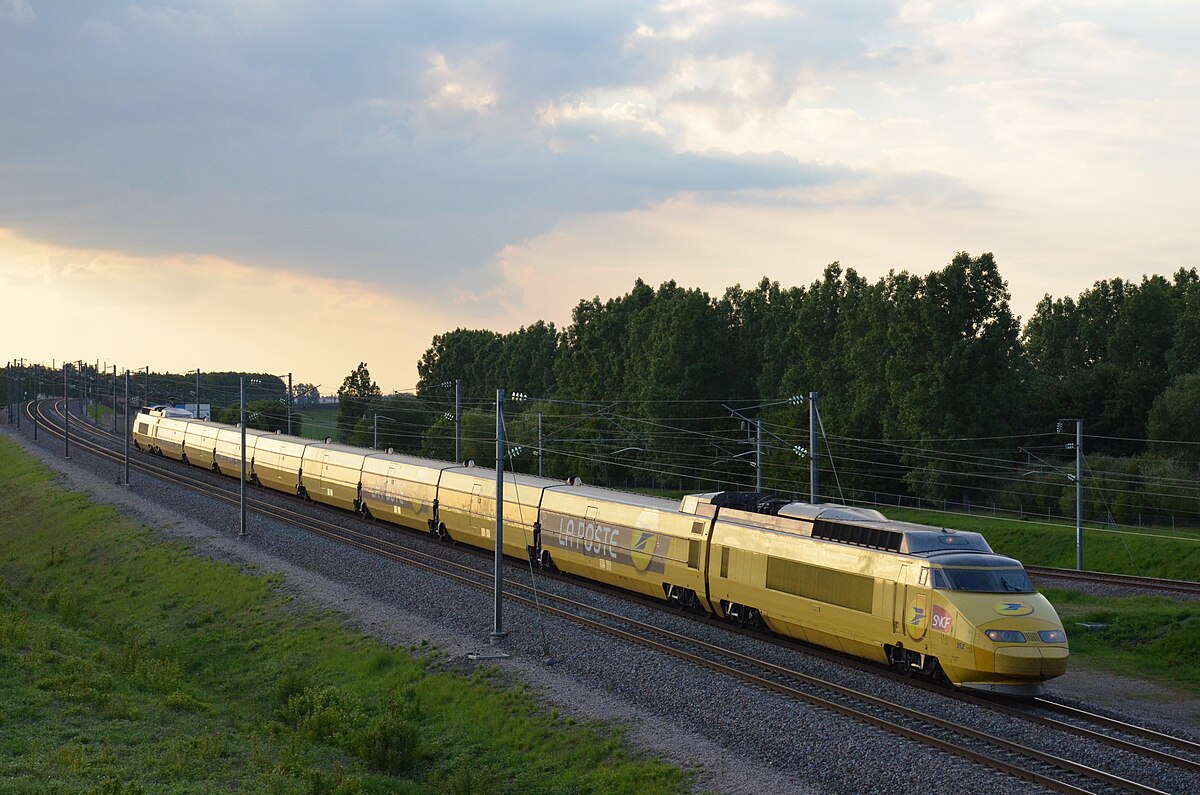Northern Light
Superstar
While Canada doesn't really have leverage in this transaction....in the regulatory space......
It might have something CN would need (if you believe it will get approval at all).............money.
CN is proposing to take on a very large amount of debt to finance this transaction. I would argue an unhealthy amount.
Were an offer to come along that didn't adversely affect CN's ability to operate; but purchased corridor space for VIA/Mx; and/or expansion, I think CN could probably use the financial boost.
The obvious choice is the balance of the North Mainline (to London) which is not core to CN in terms of outright purchase.
But there might also be opportunities where the corridor is wide enough, to establish a VIA sub (its own 2-track corridor running parallel to CN).
Whether the latter investment would be worth it; or the former might be more suited to Mx are fair questions.
But certainly an extra Billion in CN's pocket right now is something to which management might be receptive.
It might have something CN would need (if you believe it will get approval at all).............money.
CN is proposing to take on a very large amount of debt to finance this transaction. I would argue an unhealthy amount.
Were an offer to come along that didn't adversely affect CN's ability to operate; but purchased corridor space for VIA/Mx; and/or expansion, I think CN could probably use the financial boost.
The obvious choice is the balance of the North Mainline (to London) which is not core to CN in terms of outright purchase.
But there might also be opportunities where the corridor is wide enough, to establish a VIA sub (its own 2-track corridor running parallel to CN).
Whether the latter investment would be worth it; or the former might be more suited to Mx are fair questions.
But certainly an extra Billion in CN's pocket right now is something to which management might be receptive.









